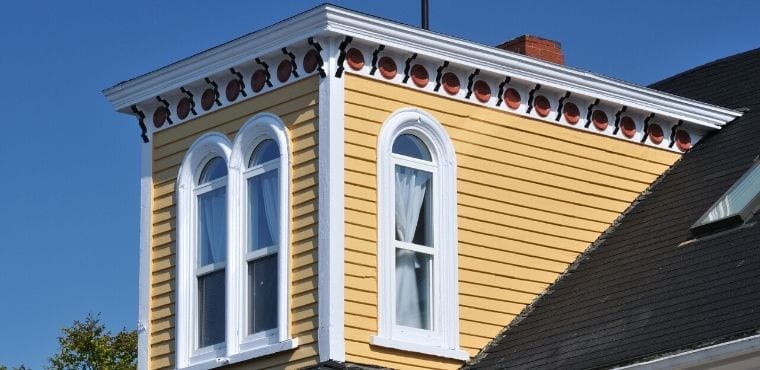Older homes are lovely. They often feature intricate designs and architecture that lead to long-term ownership. If you’re moving into an older home, especially in a rural community, you should know be aware of some of the common problems with older homes. Whether it’s potential structural or plumbing repairs or hazardous materials such as asbestos or lead, these are the issues you’ll want to know about before you move in.
Asbestos
Asbestos is a crucial health risk found in many homes built before the 1980s. It was around then that the Environmental Protection Agency (EPA) ruled asbestos as a dangerous health hazard to the lungs and respiratory system. Asbestos was once a popular construction material, given its high heat resistance and durability. However, frequent exposure can lead to the development of two critical lung diseases: asbestosis and mesothelioma. Asbestosis disrupts breathing patterns and causes an irritable cough and wheezing, while mesothelioma is a rare, very fatal cancer with little treatment for remission. If you find asbestos in your attic, crawl space, insulation, drywall, or ceiling, call a professional asbestos removal company immediately.
Lead
Lead was also once a popular ingredient in paints, pipes, and dust in homes built before the 1970s. Lead exposure can increase the chance of lead poisoning, which is a serious and sometimes fatal condition. As lead builds up inside the body through months and years of exposure, it can cause mental and physical impairment. Young children are highly susceptible given their developing brains. Ingesting lead objects can severely damage their brains and nervous system.
Structural Damage
You might not go into buying an older home thinking it’s a fixer-upper, but that’s not to say it’s not. Structural repairs are some of the most common problems with older homes, given their frequent vulnerability to external and internal elements. Storms, faulty remodels, water damage, and general wear can affect a home’s structural integrity. You can easily spot structural disarray with sagging support beams or a slanted foundation. Before you risk your or your family’s safety, check if your house is level. If it isn’t, call a contractor to come consult you on the proper adjustments to make your home safe for habitation.
Untreated Water
Finally, check for untreated water. There are several signs your water needs to be treated, from bad tastes and odors to calcium buildups and noticeable health issues. Water with a foul taste or odor are easy to detect since you can use your senses to identify these issues. Metallic, bitter, salty, or off-putting tastes and odors of sewage, chlorine, sulfide gas, or metal all signify a cause for alarm. Also, check for a crusty white substance around faucets and showerheads. These indicate hard water, which means a concentrated mineral buildup. If you or anyone in your home experiences stomach issues, diarrhea, cramps, and nausea or if you notice any of these other signs, call your local plumber to treat your water supply.






